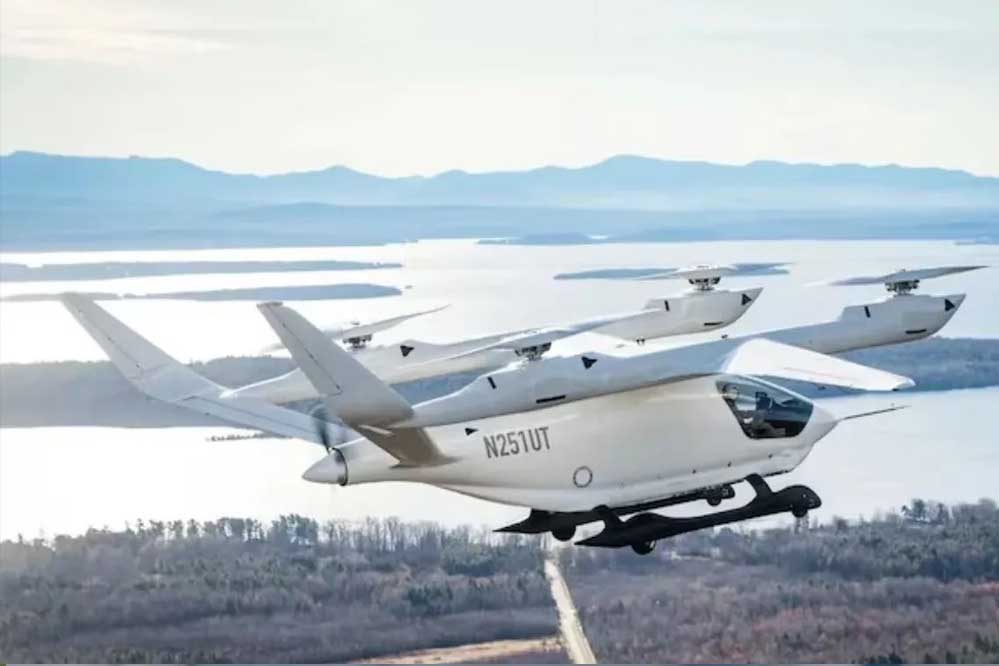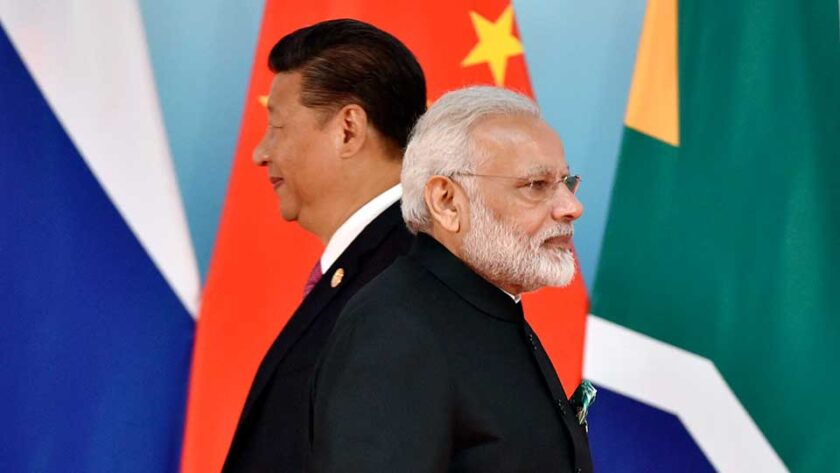New York: In a major milestone for green aviation, the world’s first fully electric passenger aircraft has successfully completed its test flight in the United States, covering approximately 130 kilometers (70 nautical miles) in just 30 minutes. The flight took off from East Hampton and landed at New York’s John F. Kennedy International Airport.
Operated by Beta Technologies, the test flight marks a significant step toward making air travel cleaner, quieter, and more affordable. Kyle Clark, founder and CEO of Beta Technologies, piloted the aircraft during the test and confirmed that the plane is 100% electric.
“This was a fully electric aircraft flying passengers from East Hampton to JFK,” Clark said. “We covered the distance in around 35 minutes, and the total cost of charging and operating the aircraft was just $8—about ₹700.”
In comparison, a traditional helicopter would have consumed fuel worth nearly $160 (approximately ₹13,885) for the same route. The company’s CX300 aircraft can travel up to 250 nautical miles on a single charge, making it ideal for short regional trips.
What sets the aircraft apart, besides its ultra-low operating cost, is its near-silent performance. Without the loud roar of conventional engines or propellers, passengers were able to hold conversations clearly throughout the flight.
According to Clark, “This flight was a first for both the Port Authority of New York and the region. Given its quiet and affordable operation, this could soon become a popular choice for urban and regional travel.”
Beta Technologies believes electric aviation is poised to revolutionize short-distance travel. With FAA certification expected by the end of the year, the company envisions electric planes becoming a practical, sustainable option for everyday passengers.
The aviation industry is now watching closely, as this successful flight signals a future where eco-friendly air travel could become accessible to the common man—at a fraction of today’s cost.






